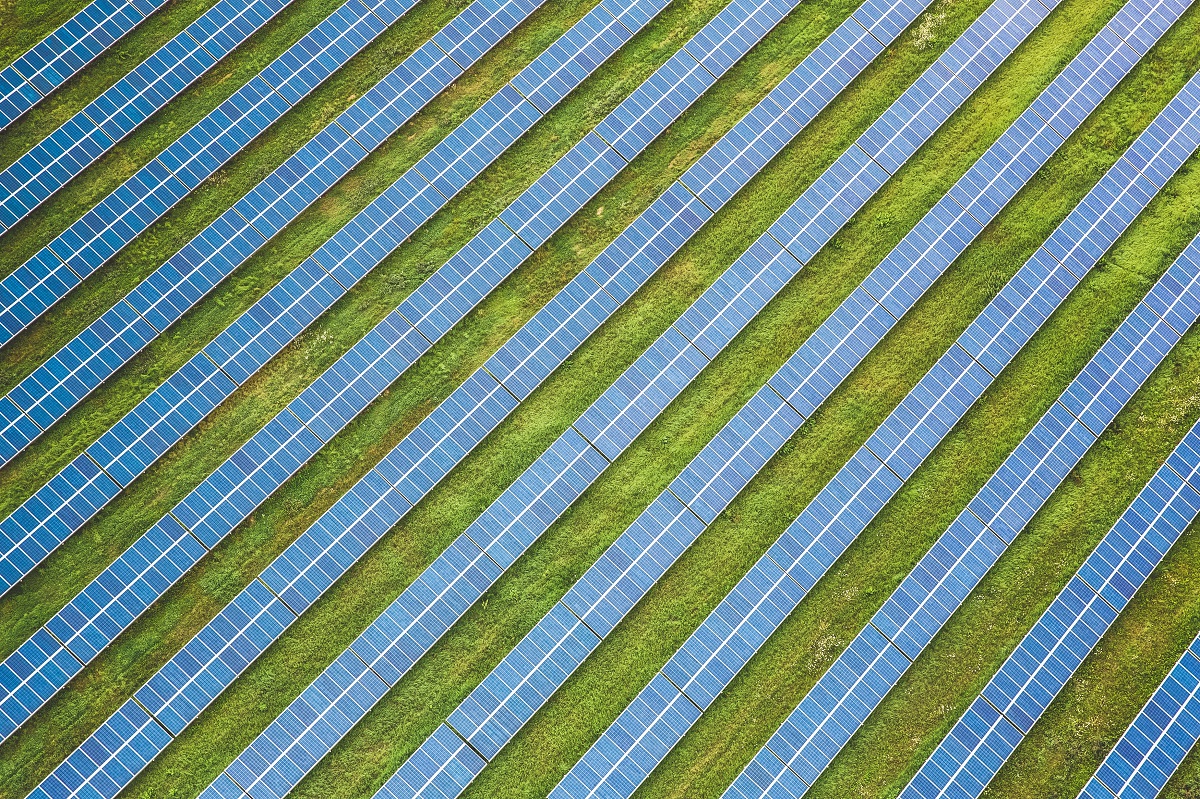Using sophisticated materials and ultrafast laser spectroscopy, a research team led by Lund University in Sweden demonstrated how solar power can transform carbon dioxide into fuel. The innovation might be a critical piece of the jigsaw in decreasing greenhouse gas levels in the atmosphere in the future. The findings were reported in the journal Nature Communications.
The amount of sunlight that strikes Earth in one hour is nearly equivalent to humanity’s total energy use over the course of a year. Our worldwide carbon dioxide emissions are rising as well. Many researchers are interested in using the sun’s energy to collect greenhouse gases and transform them into fuel or another useful molecule. There is still no good answer, but an international research team has discovered a plausible path ahead.
“The research employs a mix of materials that absorb sunlight and transform its energy into carbon dioxide. We have mapped precisely what occurs in that process using ultra-fast laser spectroscopy,” Tönu Pullerits, a chemical researcher at Lund University, agrees.
The researchers investigated COF, or covalent organic framework, a porous organic polymer. The material is well-known for its ability to absorb sunlight extremely effectively. They succeeded in converting carbon dioxide to carbon monoxide without using any more energy by adding a so-called catalytic complex to COF.
“Two electrons are required for the conversion to carbon monoxide. When we observed that photons emitting blue light produce long-lived electrons with high energy levels, we realized that we could simply charge COF with electrons and complete a process “, Kaibo Zheng, a chemical researcher at Lund University, agrees.
How may these findings be put to use? Tönu Pullerits and Kaibo Zheng believe that the finding will be utilized in the future to construct bigger units that can be used on a worldwide scale to capture carbon dioxide from the atmosphere and convert it into fuel or chemicals with the aid of the sun. That might be one of several answers to the current climate issue.
“We’ve performed two preliminary stages using two electrons. Many more processes must be completed before we can consider a carbon dioxide converter, and our first two must almost certainly be improved. However, we have discovered a very promising path to follow,” Tönu Pullerits concludes.

